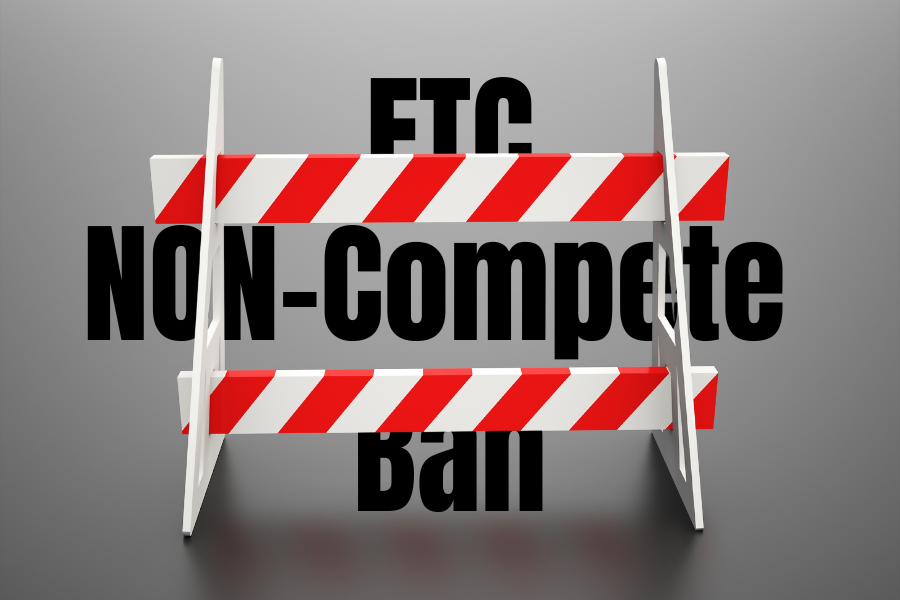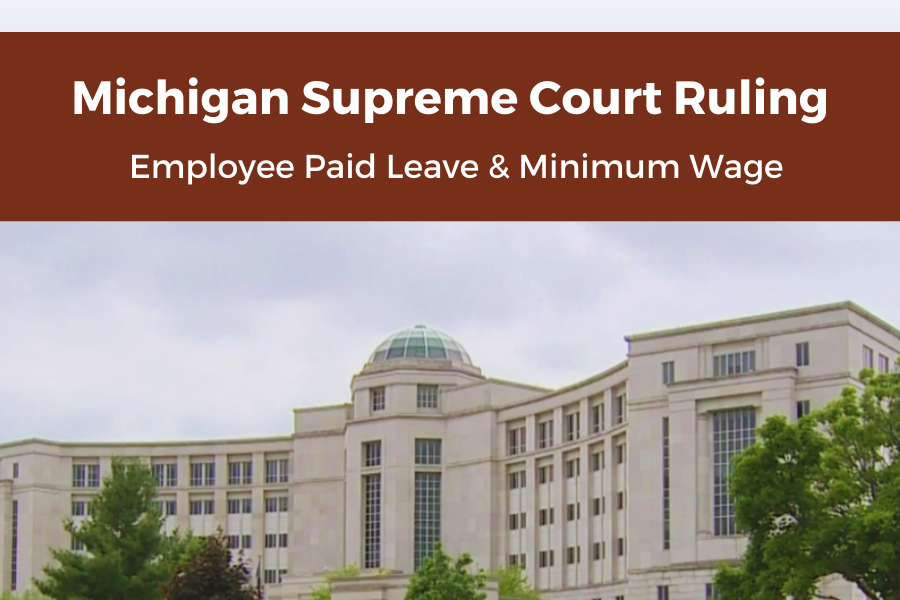An Analysis of the Ric-Man Construction v Neyer, Tiseo & Hindo decision.
By Stephen A. Hilger, Esq.
For many years under Michigan jurisprudence, design professionals have avoided the high cost of litigation because they were legally insulated from claims from anyone with whom they did not have a direct contract absent personal injury or property damages. That means on all construction dispute cases involving contracts, specifications or drawing issues, designers could not be sued by anyone other than the Owner. No General Contractor, Subcontractor or Supplier could bring a claim against the designers based upon claims of faulty plans and specifications.
While this remains true for any claim arising out of pure negligence, the case of Ric-Man Construction, Inc. vs Neyer, Tiseo & Hindo, LTD, (UNREPORTED, Michigan Court of Appeals Case No. 329159) allowed a claim to go forward for negligent misrepresentation. The Ric-Man court cited authority for the proposition that in a negligent misrepresentation action, the plaintiff must prove that a party justifiably relied to his detriment on information provided without reasonable care by one who owed the relying party a duty of care. The court noted that in the past, Michigan has recognized causes of action for negligent misrepresentation as a way of imposing third-party liability for negligent performance of a contract. However, if you dig deeper into this assertion, it is fundamentally flawed as it relates to design professionals. Nevertheless, the court relied upon the Restatement of Torts, 2d, section 552 which provides that one who, in the course of his business, profession or employment, or in any other transaction in which he has a pecuniary interest, supplies false information for the guidance of others in their business transactions, is subject to liability for pecuniary loss caused to them by their justifiable reliance upon the information, if he fails to exercise reasonable care or competence in obtaining or communicating the information. The court did not address whether deficient specifications amount to “false information,” which is somewhat of a quantum leap. But, the Ric-Man case came to the court on a motion for summary disposition so there was plenty of time for the trial court to develop that issue: we simply do not know if it did. Nevertheless, based on this section of the Restatement of Torts, the Court of Appeals concluded that a business does in fact owe a duty of care to those who justifiably rely on the information supplied by that business. The Court of Appeals went further to state that the duty extends to the person or a limited group of persons for whom his benefit in guidance he intends to supply the information or knows that the recipient intends to supply it.
The Ric-Man decision was unreported which means that courts have a limited ability to rely upon it as authority. Nevertheless, the case is out there and trial courts are looking to the decision as persuasive. This is fundamentally changing the landscape of construction litigation in Michigan. In my humble opinion, and with all due respect to the Court of Appeals, the Ric-Man decision is fundamentally flawed. The cornerstone of the opinion is that a duty is owed to the party relying upon the information, but the Supreme Court of Michigan has firmly established that no such duty exists. Further, as noted, specifications that are arguably “deficient” are not necessarily “false.”
Without a doubt, somebody will be taking this claim up to the Supreme Court of Michigan. The Supreme Court denied an Application for Leave to Appeal the Ric-Man decision, but someone will succeed in bringing this case and this new theory to the Supreme Court’s attention. When that happens, it will be up to the Supreme Court to either stick with the long line of cases, including two prior Supreme Court cases, which hold that no such duty exists, or fundamentally change the landscape of construction litigation by allowing third parties to bring claims against designers. For everyone who is in a design professional, you should reach out to all of your trade organizations in an effort to consider and analyze this significant change in the law and do something quickly to prevent the floodgate of litigation from unleashing itself against you. That floodgate is starting to open…




